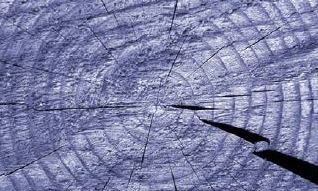
Anton Paar reports on the the application of the surface zeta potential for the characterisation of lignocellulose material in different shape: wood, pulp and fibres.
The streaming potential method gives access to the surface charge of lignocellulosic compounds with different appearances. The surface zeta potential indicates changes in the surface chemistry, hydrophilicity, and bulk material swelling.
Analysis of the zeta potential for cellulose fibers has a long tradition. However, in the past, the focus was primarily on the characterisation of cellulose pulp for the papermaking process and of cotton fibers for textile application.
The development of advanced materials such as light-weight composites with reinforcing plant fibers or medical auxiliary tools based on natural fibers led to a rediscovery of the streaming potential technique.






